Getting away from it all doesn’t require expensive flights to remote tropical paradises or multi-day sailing adventures across the open ocean. Some of the world’s most peaceful, disconnected islands sit just a ferry ride away from major cities and tourist hubs. They offer that precious off-grid experience without the logistical nightmare. These aren’t luxury resort destinations with Wi-Fi and room service — they’re places where electricity might be limited, cell towers are scarce, yet the loudest sounds come from waves and seabirds.
Ferry-accessible off-grid islands strike a perfect balance. Accessible, though isolated. You can reach them with relative ease, while once you arrive, modern life fades into the background as you reconnect with simpler rhythms and natural landscapes. Here is a list of 16 off-grid islands where a simple ferry ticket can transport you from the connected world to peaceful isolation.
Sark, Channel Islands
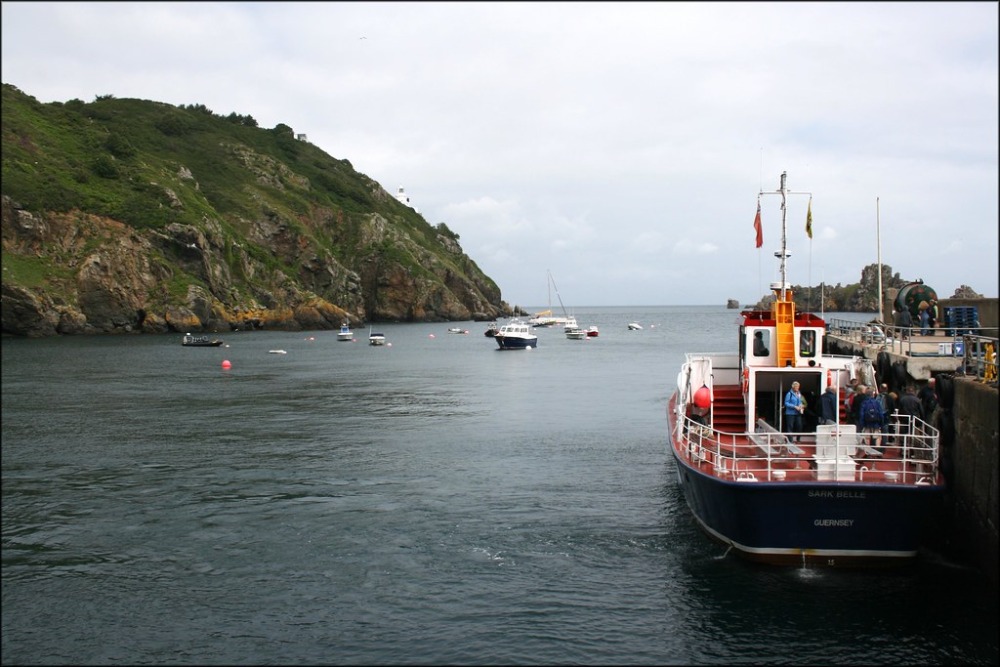
This tiny feudal island sits between England and France. It operates without cars, street lights, or chain stores. Transportation happens by horse-drawn carriage, bicycle, or on foot along cliff-top paths.
These paths offer stunning views of the English Channel, while the island’s self-generated electricity and timeless pace of life make it feel frozen in time.
Fair Isle, Scotland
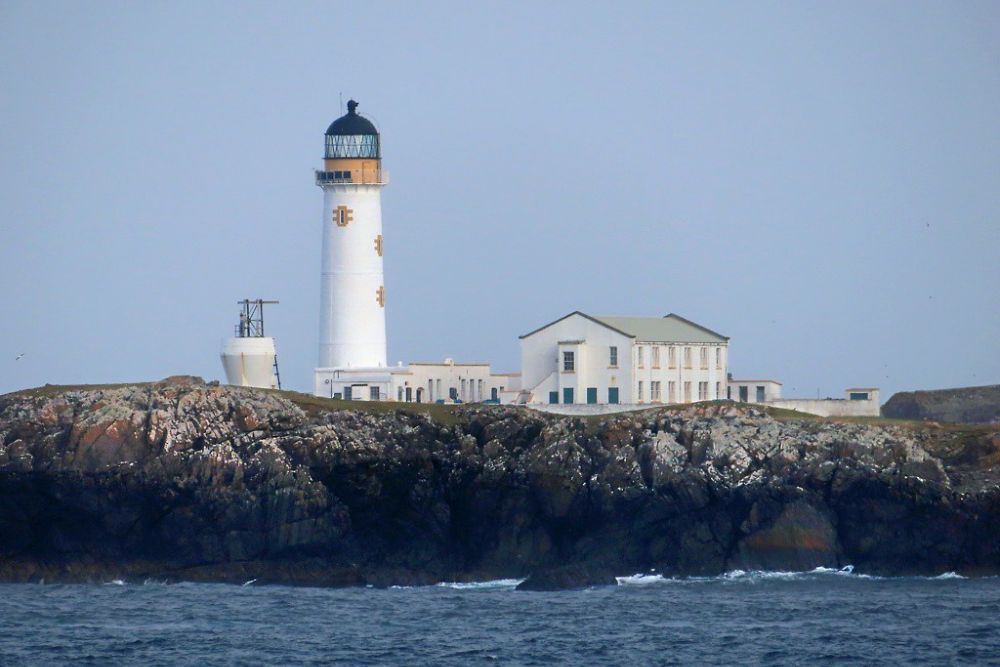
Fair Isle sits halfway between Orkney and Shetland. This remote island, which houses fewer than 60 residents, serves as a renowned bird observatory. The community operates its power system while maintaining traditional crafts like Fair Isle knitting patterns.
Ferries run only a few times per week, which emphasizes the island’s isolation from mainland Scotland.
Like Travel Pug’s content? Follow us on MSN.
Monhegan Island, Maine

This artist colony sits 10 miles off the Maine coast. No cars here. Limited electricity. A year-round population of about 65 people. The island operates on generator power while prohibiting vehicles, creating a peaceful environment where footpaths lead through spruce forests to dramatic cliff overlooks.
Lobster fishing and art studios define the island’s economy, while also shaping its character.
Stewart Island, New Zealand
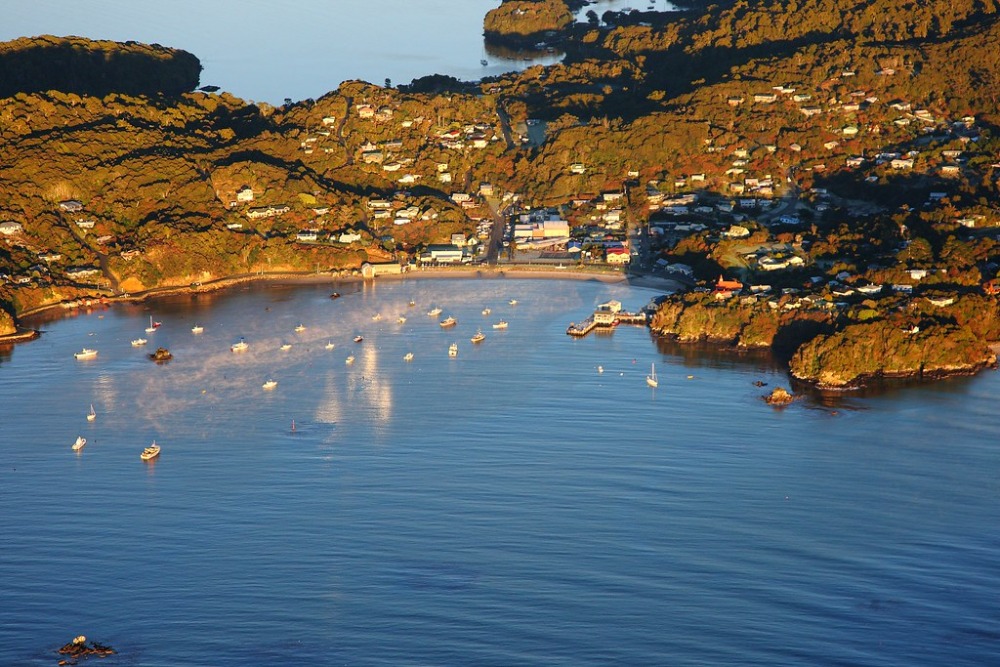
New Zealand’s third-largest island remains largely undeveloped. Most of its area is protected as a national park, though the main settlement of Oban has limited infrastructure.
Much of the island operates off-grid with solar power and generators, while ferries from Bluff provide the primary access to this wilderness haven where kiwi birds roam freely.
Eigg, Scotland
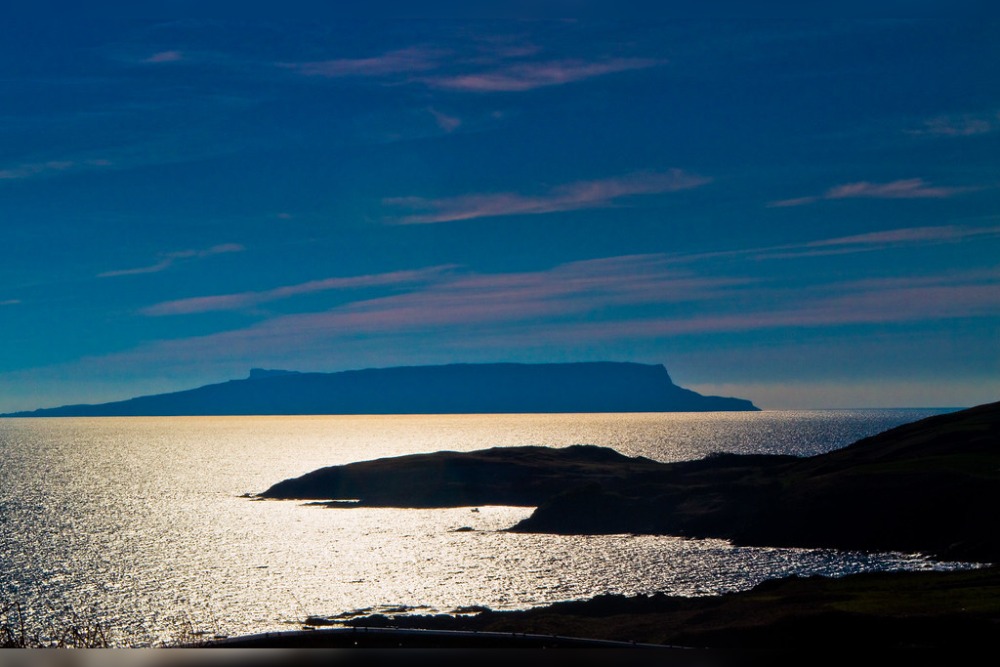
This Inner Hebridean island runs entirely on renewable energy. Wind, solar, and hydro power — all managed by the community.
The island achieved energy independence through innovative micro-grid technology that supports its 100 residents, yet community ownership and sustainable living practices make Eigg a model for off-grid island life.
Like Travel Pug’s content? Follow us on MSN.
Iona, Scotland
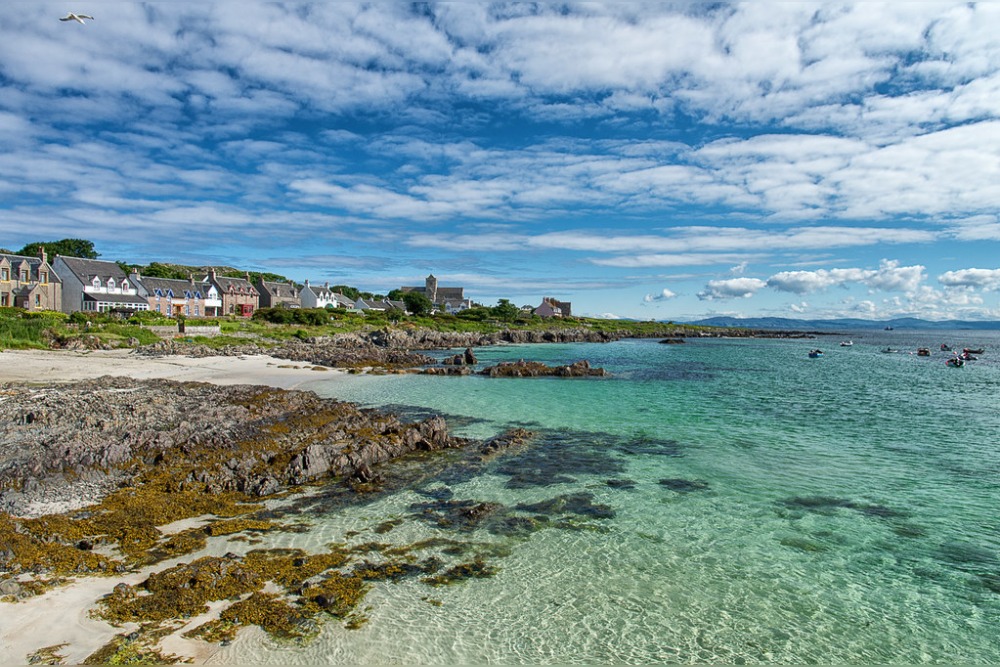
This sacred island off the coast of Mull draws visitors seeking spiritual retreat. Natural beauty, too. The community relies heavily on renewable energy sources while maintaining a simpler way of life centered around the historic abbey.
Limited accommodation and transportation options preserve the island’s peaceful, contemplative atmosphere, though that’s exactly the point.
Block Island, Rhode Island
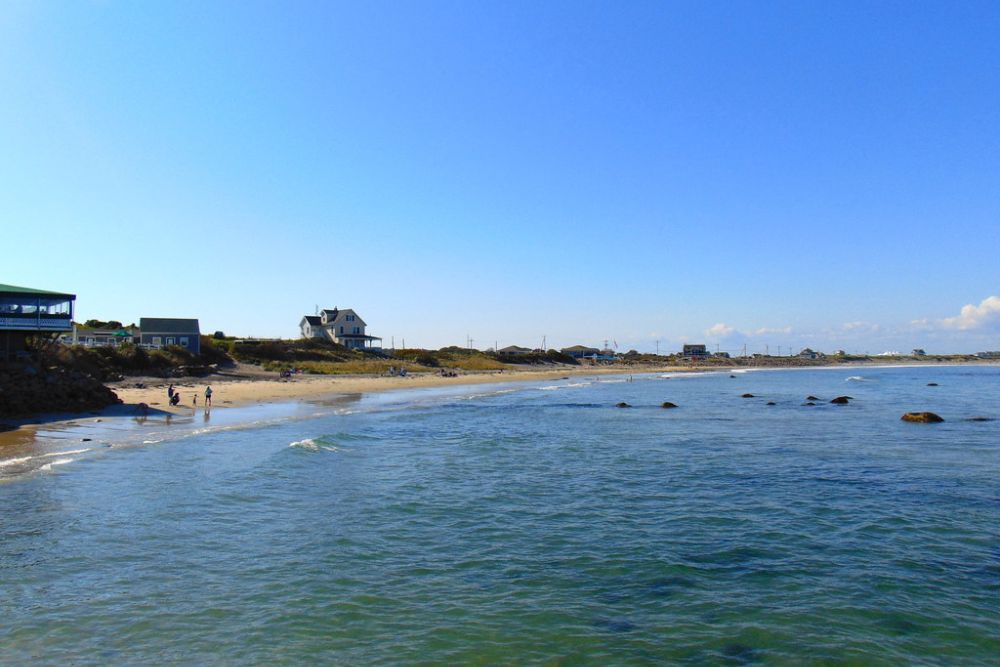
Located 13 miles off the Rhode Island coast, this island operates largely on wind power. It also maintains strict development controls. Many areas lack cell phone coverage, while the pace of life slows dramatically compared to mainland New England.
Bicycles and walking remain the preferred transportation methods around the island’s rolling hills, not to mention those pristine beaches.
Rottnest Island, Australia
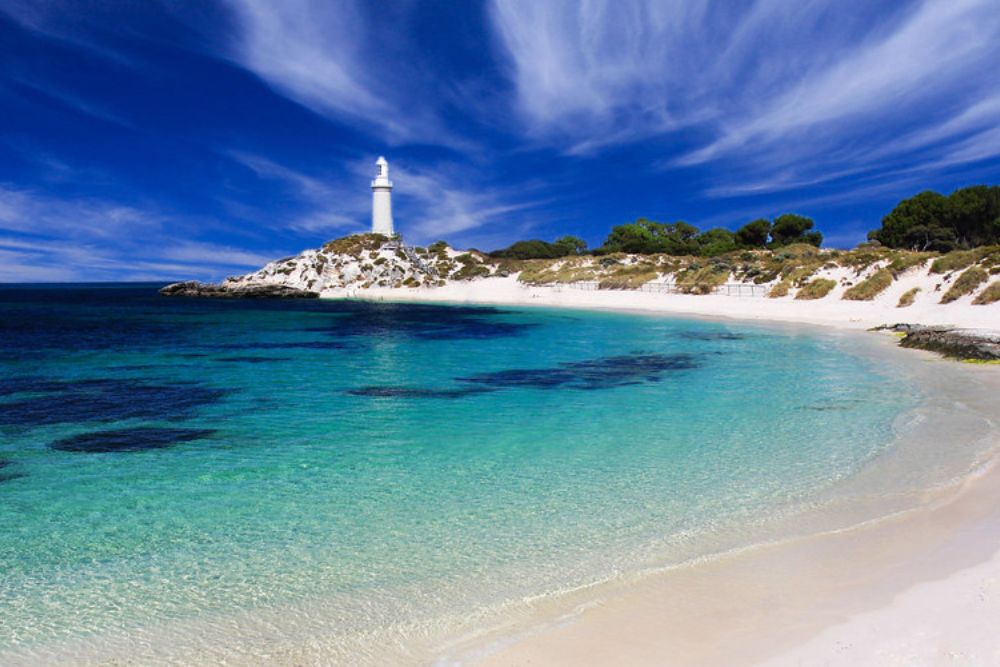
This car-free island near Perth operates on renewable energy. It restricts development to preserve its natural environment, though the island’s infrastructure remains deliberately limited.
Most areas are accessible only by bicycle or on foot, while ferries from Perth and Fremantle provide easy access to this protected paradise where quokkas roam freely.
Like Travel Pug’s content? Follow us on MSN.
Gotland, Sweden
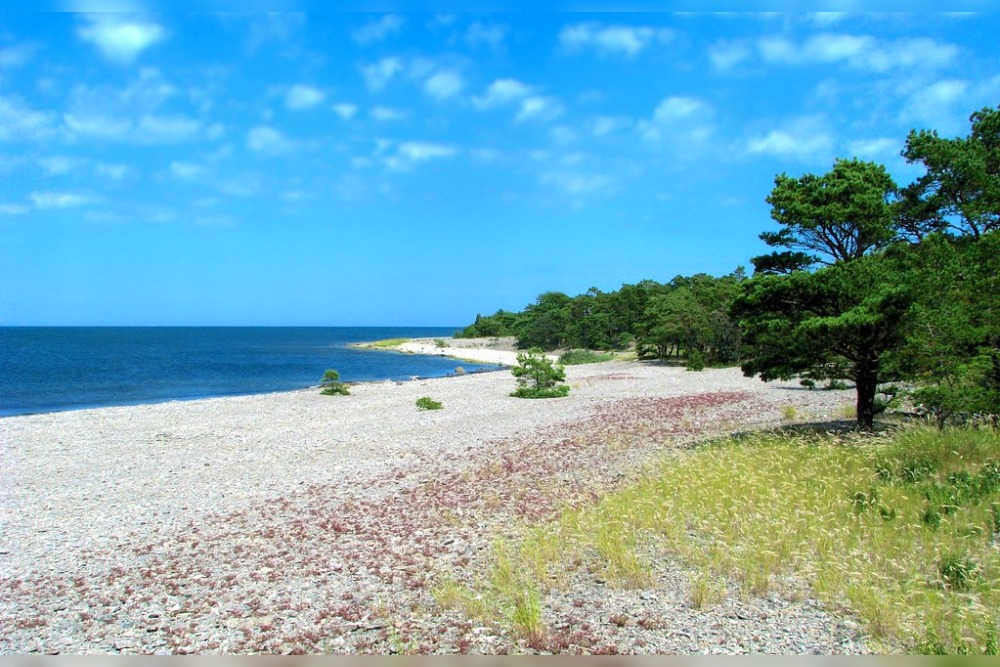
This Baltic Sea island maintains large rural areas with limited modern infrastructure. Spotty cell phone coverage is the norm here.
Many farms and coastal areas operate off-grid using traditional methods combined with modern renewable energy systems, though the island’s medieval character and agricultural landscape create an authentic escape from contemporary Swedish life.
Hiddensee, Germany
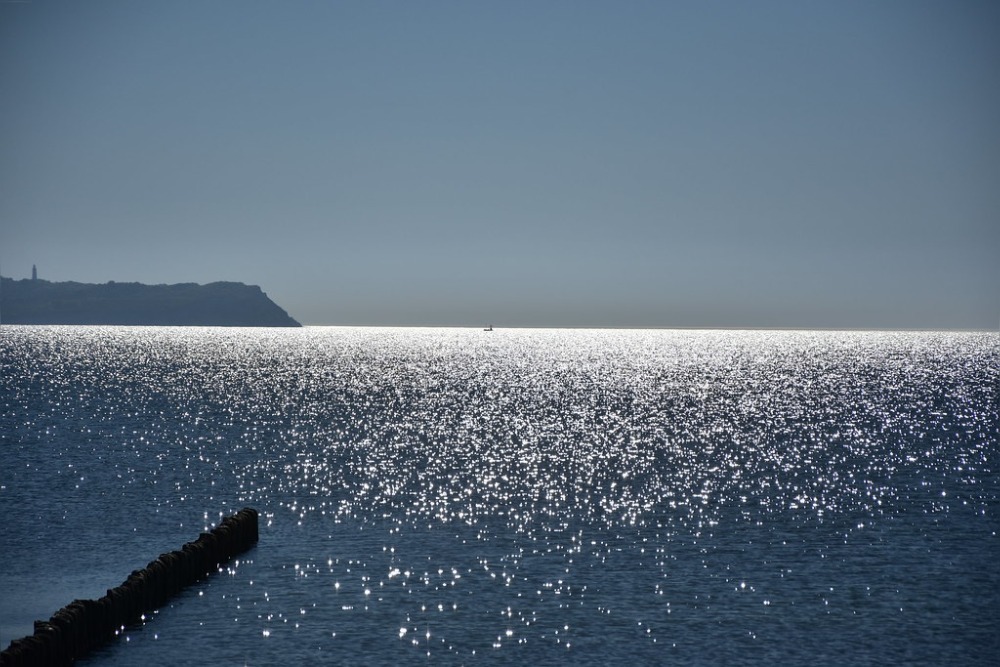
This narrow Baltic island prohibits cars. It operates with limited electricity in many areas, too. Transportation happens by horse-drawn carriage, bicycle, or on foot along sandy paths through protected dunes and heath lands, while the island’s car-free policy and minimal development preserve its status as a peaceful retreat from German urban life.
La Gomera, Canary Islands
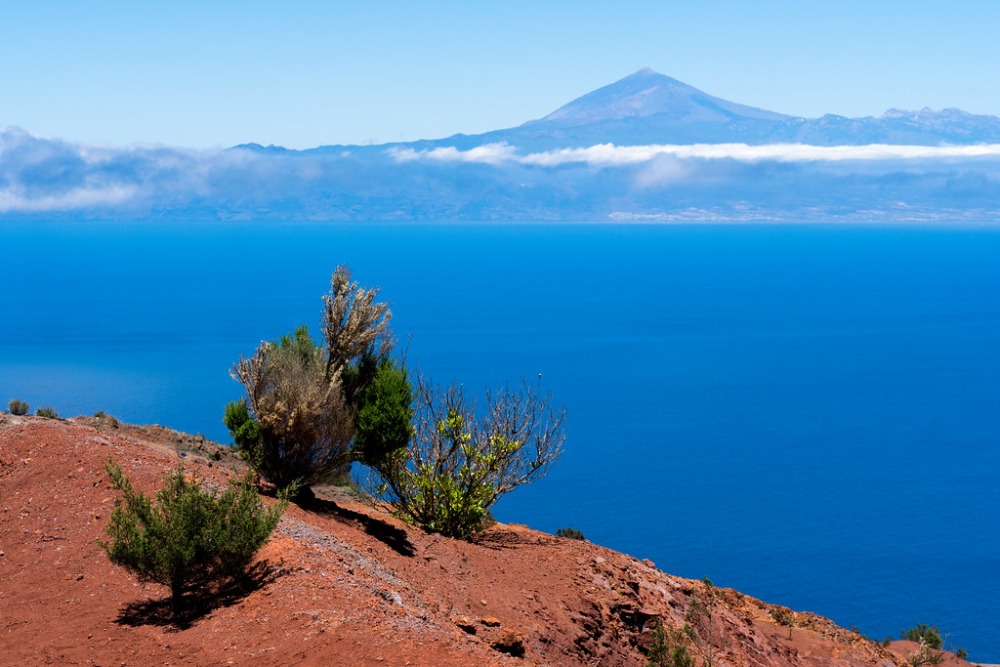
This mountainous island maintains rural valleys where traditional life continues. Limited modern infrastructure here, though many areas operate off-grid using solar power and traditional methods for agriculture and daily life.
The island’s dramatic landscape and preserved culture offer an authentic alternative to the developed Canary Islands — quite a contrast.
Like Travel Pug’s content? Follow us on MSN.
Bornholm, Denmark
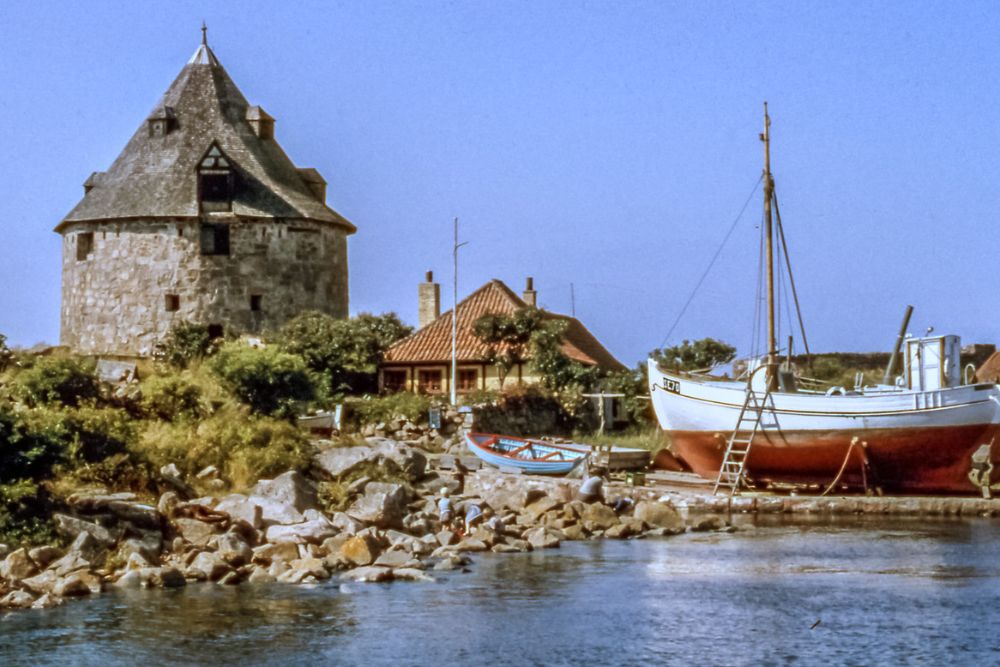
This Baltic island features rural areas with limited infrastructure. Communities that operate largely independently of mainland Denmark. Many coastal settlements on the island rely on renewable energy while maintaining their traditional
Danish culture, despite the island’s rocky coastline and interior forests providing numerous areas with minimal modern development.
Porquerolles, France
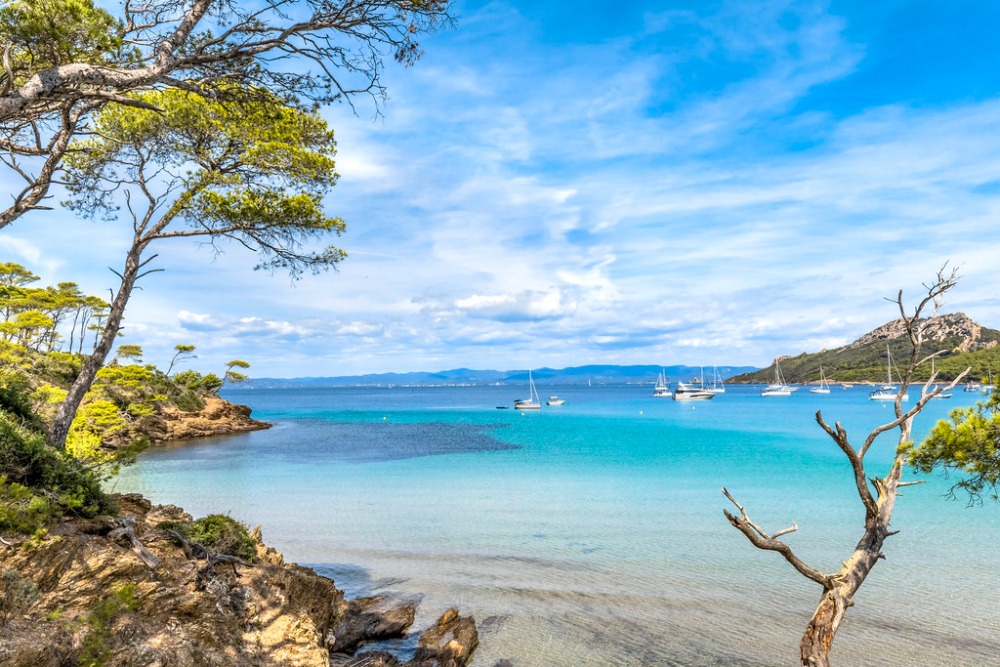
This Mediterranean island near the French Riviera prohibits cars. It maintains strict limits on development and tourism, too. The island operates with minimal infrastructure, while many areas rely on solar power and traditional methods.
Protected status preserves the island’s natural beauty and peaceful atmosphere — just miles from crowded resort areas, as it turns out.
Príncipe, São Tomé and Príncipe
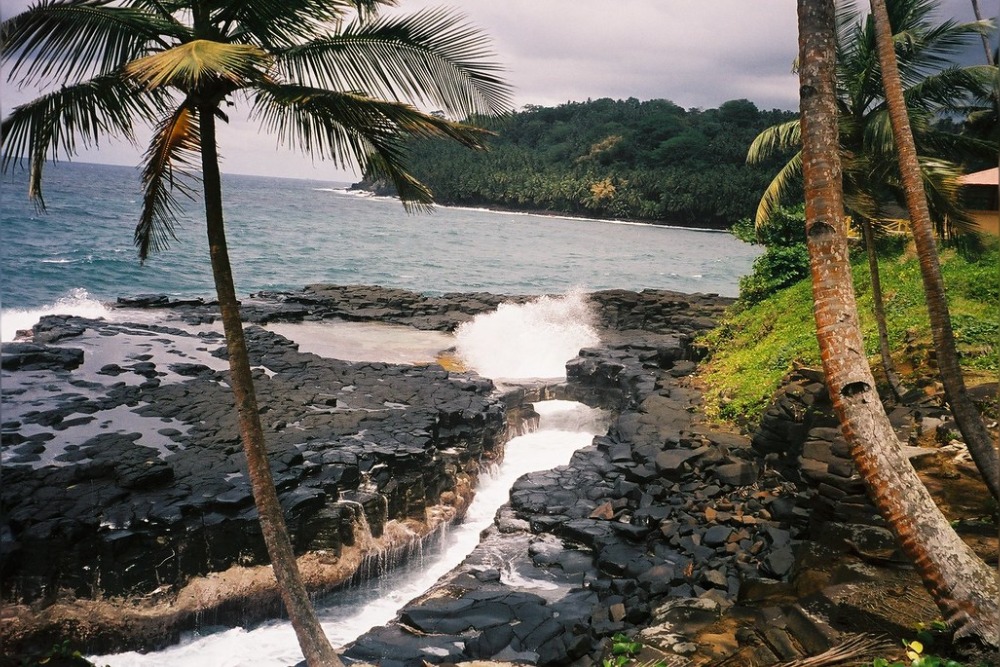
This UNESCO Biosphere Reserve operates largely off-grid. Communities here rely on solar power and traditional methods, though the island’s remote location and minimal infrastructure create an authentic African island experience.
Limited ferry connections from São Tomé emphasize the island’s isolation, not that anyone’s complaining about the unspoiled character.
Like Travel Pug’s content? Follow us on MSN.
Fraser Island, Australia
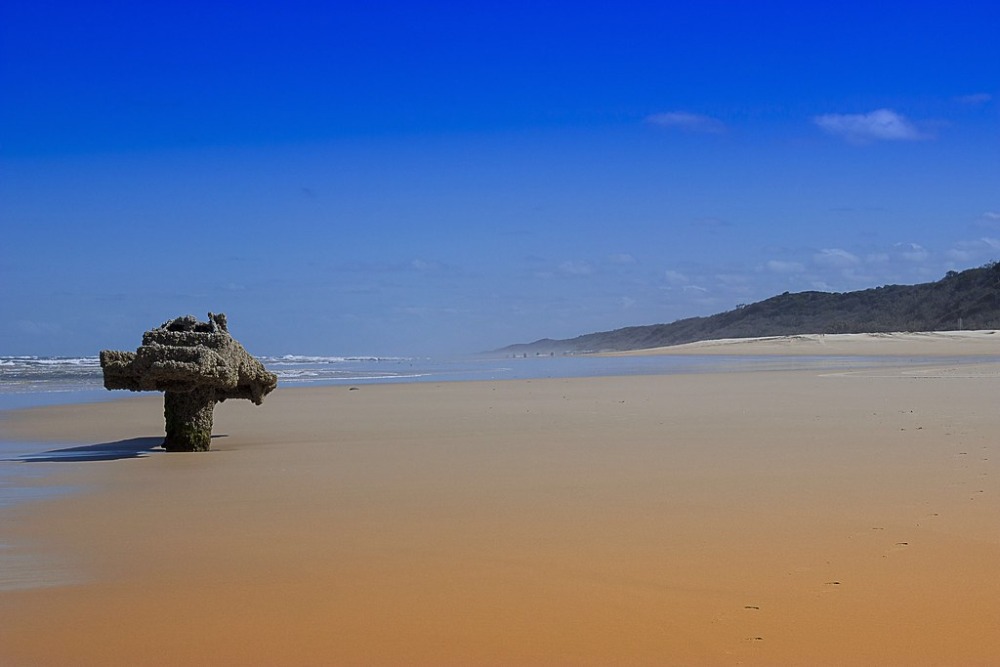
The world’s largest sand island maintains vast areas without roads or modern infrastructure. Accessible only by four-wheel drive or on foot, though many camping areas operate completely off-grid, relying on solar power and self-sufficiency.
The island’s unique ecosystem and primitive camping opportunities offer an authentic wilderness experience — quite a rarity in today’s world.
Inishmore, Ireland
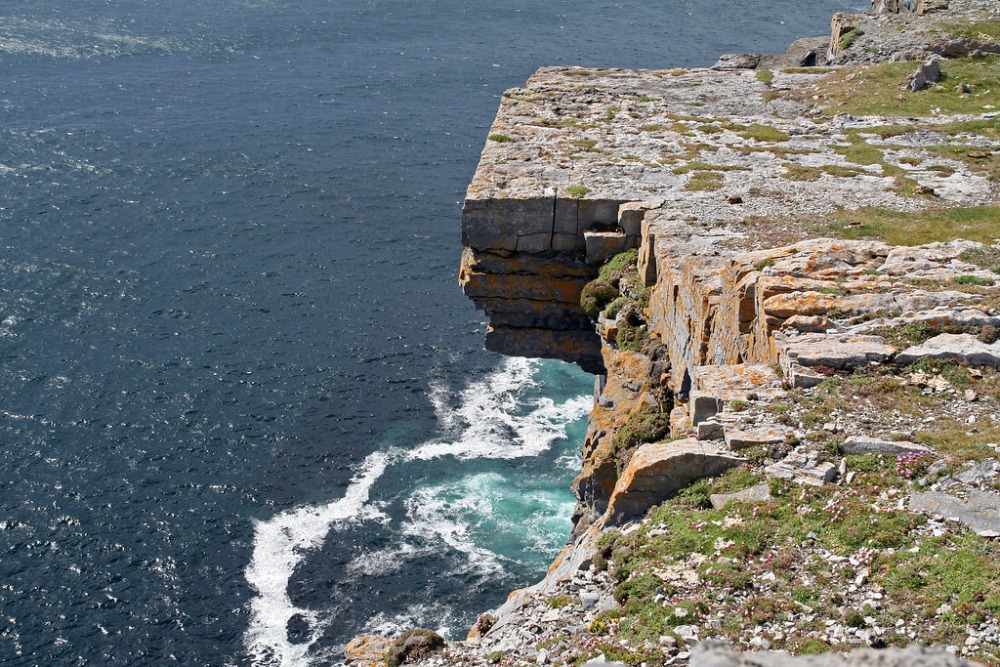
The largest Aran Island operates with limited modern infrastructure. It also maintains traditional Irish island culture. Many areas rely on renewable energy sources, while cell phone coverage remains spotty across much of the island.
Stone walls, traditional crafts, and Gaelic language preserve the island’s authentic character — along with that slower pace of life that’s become so rare.
From Isolation to Connection

These ferry-accessible islands represent a fascinating paradox in our hyperconnected world. Places that remain deliberately disconnected while staying within reach of modern transportation networks. They preserve ways of life that existed long before smartphones and constant connectivity — offering refuge for those seeking temporary escape from digital overwhelm.
These destinations prove that profound disconnection doesn’t require extreme measures — sometimes the most powerful escape is just a ferry ride away. In a world where true quiet becomes increasingly rare, these islands offer something precious: the chance to remember what silence sounds like.
Like Travel Pug’s content? Follow us on MSN.
More from Travel Pug

- 20 Best Beach Towns in the Carolinas
- 13 Destinations Where Tourists Regularly Regret Their Trip
- 20 Things You Actually Get in First Class
- 20 Small Airports With Aviation Museums
- 20 Places in the U.S. That Are Perfect for a Reset Trip
Like Travel Pug’s content? Follow us on MSN.
